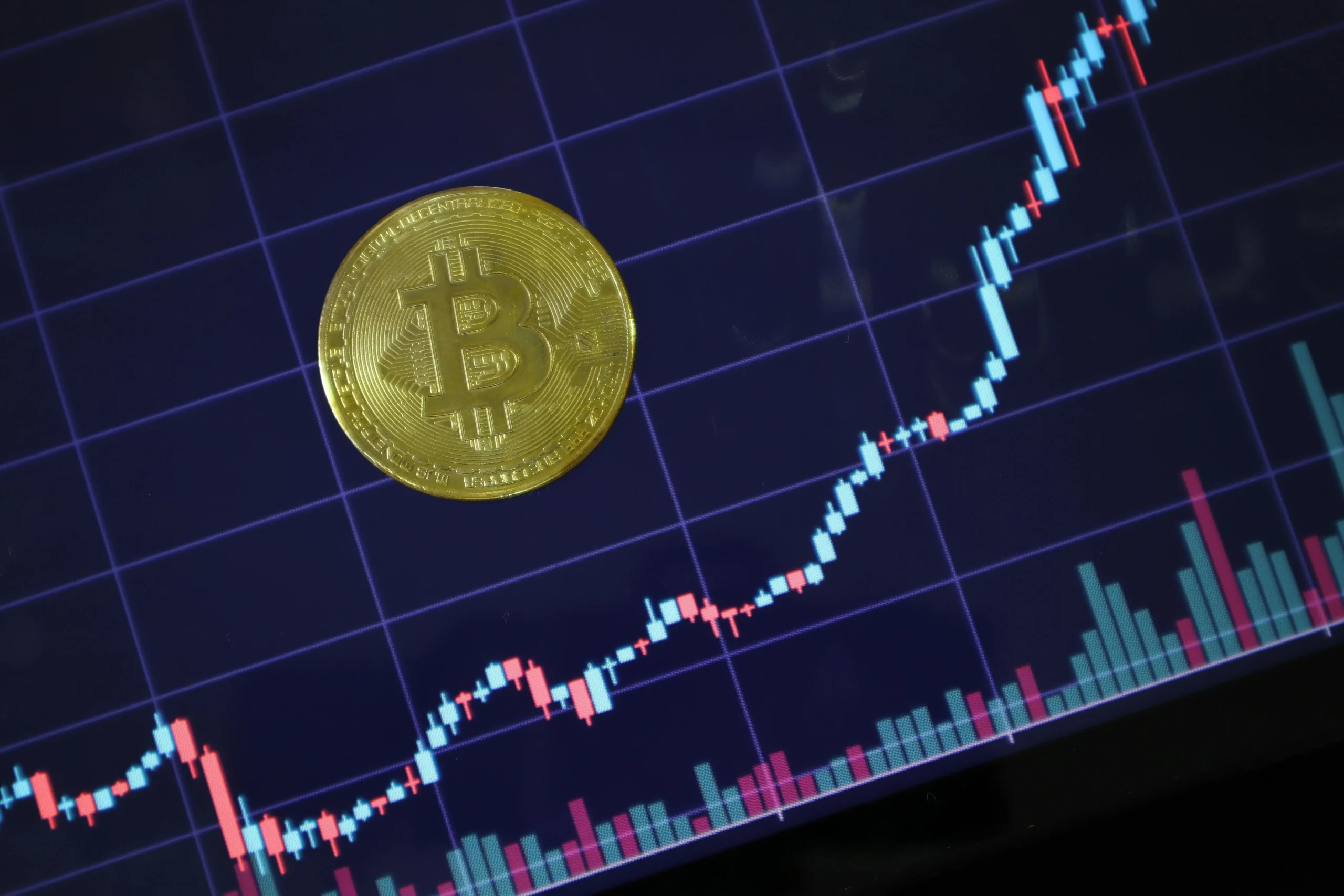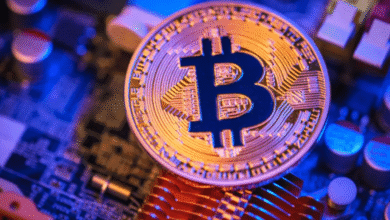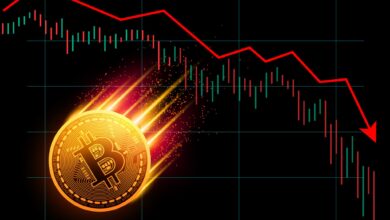
Bitcoin Price Prediction What to Expect in 2025 and Beyond
Explore the latest Bitcoin price prediction for 2025. Get insights on future trends, factors influencing Bitcoin's value, and expert predictions.
Bitcoin, the pioneer of cryptocurrencies, has been on an unpredictable journey since its creation in 2009. With each passing year, Bitcoin’s price has seen dramatic fluctuations, creating excitement among investors and skeptics alike.
As one of the most talked-about financial assets in recent years. Bitcoin’s price continues to dominate discussions among crypto enthusiasts, investors, and financial analysts. The digital currency has transformed from being worth just a few cents to reaching an all-time high. The thousands of dollars per coin.
As we move into 2025, many are curious about Bitcoin’s future price movements. Is Bitcoin heading towards another bull run? Will it continue to stabilize at current levels? Or is there a significant crash on the horizon? This article aims to provide a detailed Bitcoin price prediction for 2025 and beyond, looking at historical trends, expert opinions, and factors influencing Bitcoin’s value in the coming years.
By examining key drivers of Bitcoin’s price, such as market sentiment, technological developments, institutional adoption, and global regulatory. Iandscape, we will offer insights that will help you understand where Bitcoin is headed in the near future. Whether you’re a seasoned investor or a newcomer to cryptocurrency, this guide will provide valuable information for your decision-making.
Bitcoin’s Price Movements
Bitcoin’s price is not just affected by simple supply and demand. Instead, its value fluctuates due to a variety of factors that influence its market sentiment. these factors is crucial to predicting Bitcoin’s price movements and knowing when to buy or sell.
The Role of Market Sentiment
Market sentiment is perhaps one of the most significant drivers of Bitcoin’s price. As a decentralized asset, Bitcoin’s price is heavily influenced by the feelings and perceptions of its investors. When positive news circulates, such as new institutional. Investments, technological advancements, or favorable regulatory changes, Bitcoin’s price tends to rise.
On the other hand, negative news, such as government crackdowns or large-scale sell-offs, can cause Bitcoin’s price to plummet. During periods of optimism, Bitcoin can experience significant surges in value. For example, in 2020 and 2021, Bitcoin saw an unprecedented price rise as more institutional investors started to take interest in the cryptocurrency. Such trends are often cyclical, with Bitcoin’s price reaching new highs during market booms and retreating during periods of uncertainty.
The Impact of Institutional Adoption

The increased involvement of institutional investors has had a profound impact on Bitcoin’s price. Over the past few years, Bitcoin has moved from being a niche investment to a mainstream asset class, with large companies like Tesla.
MicroStrategy, and Grayscale adding Bitcoin to their balance sheets. This institutional adoption has provided a significant boost to Bitcoin’s value, as it legitimizes the asset in the eyes of retail investors and offers greater liquidity.
As institutional adoption continues to grow, Bitcoin’s price is likely to see upward pressure. In the future, further developments, such as exchange-traded funds (ETFs) or Bitcoin-based financial products, may further enhance the cryptocurrency’s mainstream appeal, contributing to higher price levels.
Factors Influencing Bitcoin’s Price in 2025
Several key factors will play a crucial role in determining Bitcoin’s price over the next few years. These factors include technological advancements, government regulations, macroeconomic conditions, and market adoption trends.
Technological Developments and Bitcoin’s Scalability
One of the most critical factors affecting Bitcoin’s price is its underlying technology. Bitcoin was initially designed as a decentralized digital currency, but its scalability has been a concern since its inception.
Bitcoin’s network can only handle a limited number of transactions per second, which leads to delays and higher transaction fees during times of high demand. However, significant efforts are being made to address these limitations.
For example, the implementation of the Lightning Network aims to enable faster and cheaper transactions by creating a second layer on top of the Bitcoin blockchain. If these technological solutions prove successful, Bitcoin’s usability will improve significantly, leading to broader adoption and, consequently, higher demand and price.
Government Regulations and Bitcoin’s Legal Status
Bitcoin’s price is also influenced by the regulatory environment. Governments around the world have taken varying approaches to cryptocurrency regulation, ranging from outright bans to creating friendly environments for digital assets.
The regulatory decisions made by major economies such as the United States, China, and the European Union can have a massive impact on Bitcoin’s price.
In recent years, Bitcoin has gained recognition from certain countries as a legitimate asset class, with some even developing regulatory frameworks to govern its use. However, the ongoing debate around Bitcoin’s legal status and potential for regulation remains a major point of concern for investors. Should governments choose to impose stricter regulations or restrictions, Bitcoin’s price could be negatively impacted.
Conversely, if more countries follow the lead of El Salvador, which adopted Bitcoin as legal tender in 2021, Bitcoin’s price could receive a substantial boost due to enhanced legitimacy and increased global adoption.
Global Economic Conditions and Bitcoin as a Safe-Haven Asset
As a store of value, Bitcoin is often compared to gold. Many investors see Bitcoin as a hedge against inflation, currency devaluation, and economic instability. In periods of economic uncertainty, such as the COVID-19 pandemic and subsequent financial crises, Bitcoin has been viewed by some as a safe haven where they can park their wealth.
The macroeconomic environment, including inflation rates, interest rates, and monetary policy, will play a significant role in Bitcoin’s price. Should inflation continue to rise, Bitcoin’s appeal as a store of value could strengthen, resulting in increased demand and higher prices. Additionally, if traditional financial markets experience volatility or a downturn, Bitcoin may become an attractive alternative for investors looking for protection.
Market Liquidity and Bitcoin’s Supply Cap
Bitcoin operates under a fixed supply model, with a total cap of 21 million BTC. This scarcity factor has contributed to Bitcoin’s long-term value proposition, as demand will continue to grow while the supply remains constant. As more people and institutions enter the market, Bitcoin’s limited supply could push its price upward.
Moreover, Bitcoin’s price is also influenced by its liquidity. Higher liquidity means that Bitcoin can be easily bought and sold, making it more appealing to investors. However, during periods of low liquidity, even minor changes in buying or selling pressure can cause significant price swings.
Also Read: Bitcoin Price Predictions for 2025 and Beyond
Bitcoin Price Predictions for 2025

Predicting Bitcoin’s price with precision is a challenge due to its volatile nature. Several expert opinions provide useful insights into its potential future trajectory. Based on current market conditions, technological advancements, and historical trends. Bitcoin’s price could continue to rise over the next few years.
Some analysts predict that Bitcoin could reach a price range between $100,000 and $500,000 per BTC by 2025, with several factors contributing to this potential increase. Among these are continued institutional adoption, improvements in scalability, and increasing demand from retail investors seeking to hedge against inflation.
However, it is essential to consider the possibility of price corrections along the way. As Bitcoin has demonstrated in the past, it can experience dramatic corrections after periods of exponential growth. Therefore, while the long-term outlook remains bullish, short-term fluctuations are expected.
Conclusion
Bitcoin’s future price movements will depend on a variety of factors, from technological advancement to government. Regulations and global economic conditions. While Bitcoin has demonstrated its ability to overcome challenges and rebound from downturns. Predicting its exact price in 2025 remains speculative.
Nevertheless, the factors discussed in this article, including increased institutional adoption, technological innovations. Bitcoin’s role as a hedge against inflation, point to continued growth in the long term.
As always, investors should conduct thorough research and exercise caution when investing in Bitcoin. Its volatility is both a risk and an opportunity. The factors influencing its price will help you make more informed decisions.
FAQs
Will Bitcoin hit $100,000 by 2025?
While it’s difficult to predict with certainty, many experts believe. That Bitcoin could potentially reach $100,000 by 2025, driven by continued institutional. Adoption and its growing role as a store of value.
What factors could cause Bitcoin’s price to drop?
Factors such as government regulations, a decline in market sentiment, or significant technological challenges could lead to a price drop. Additionally, Bitcoin’s inherent volatility means corrections are always a possibility.
Is Bitcoin a good investment for the long term?
Bitcoin has demonstrated long-term growth, but it is crucial to consider. The risks involved, such as price volatility and regulatory uncertainty. For those who believe in its long-term potential, it could be a worthwhile investment.
How does the Lightning Network affect Bitcoin’s price?
The Lightning Network is designed to improve Bitcoin’s scalability by enabling faster and cheaper transactions. If successful, it could increase Bitcoin’s adoption, which could positively impact its price.
Can Bitcoin replace traditional currencies?
While Bitcoin is increasingly viewed as a store of value. Replacing traditional fiat currencies is still uncertain due to scalability challenges and regulatory barriers. However, its potential as a global digital currency remains a possibility.







